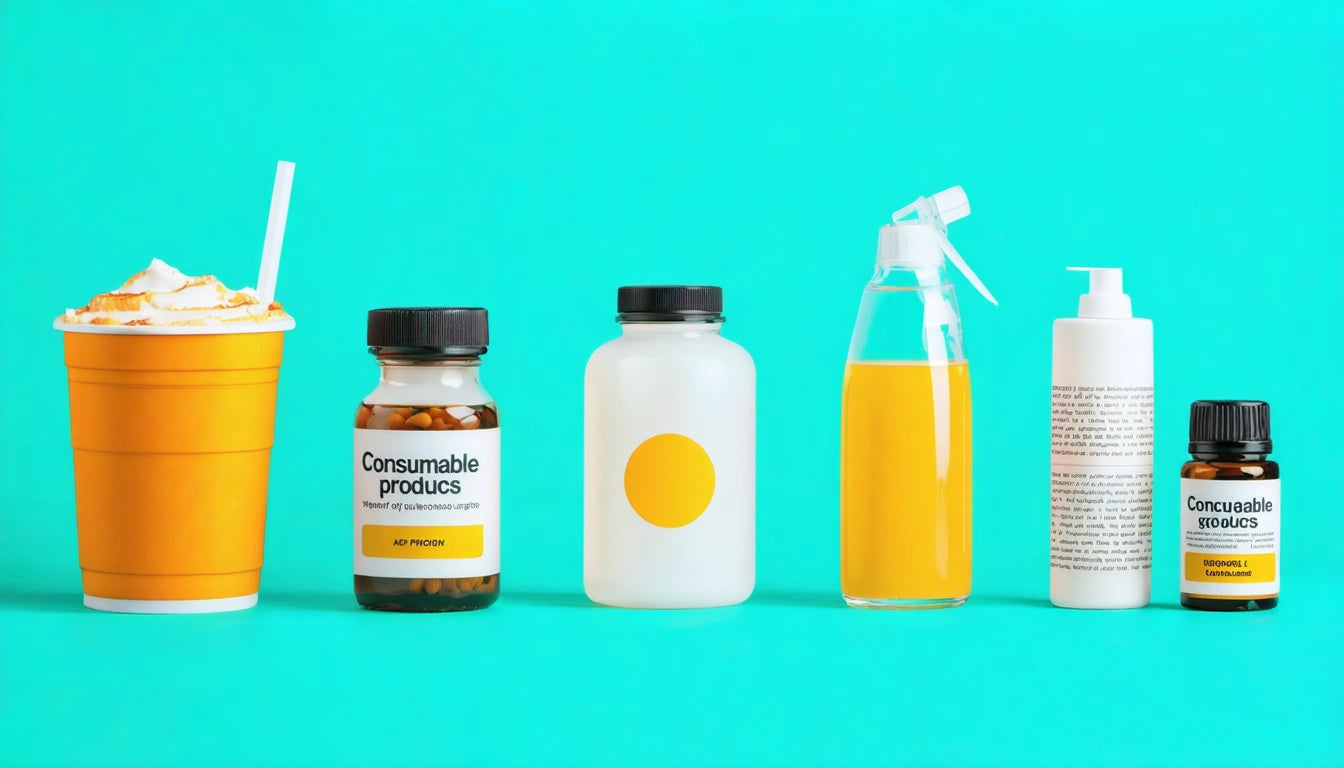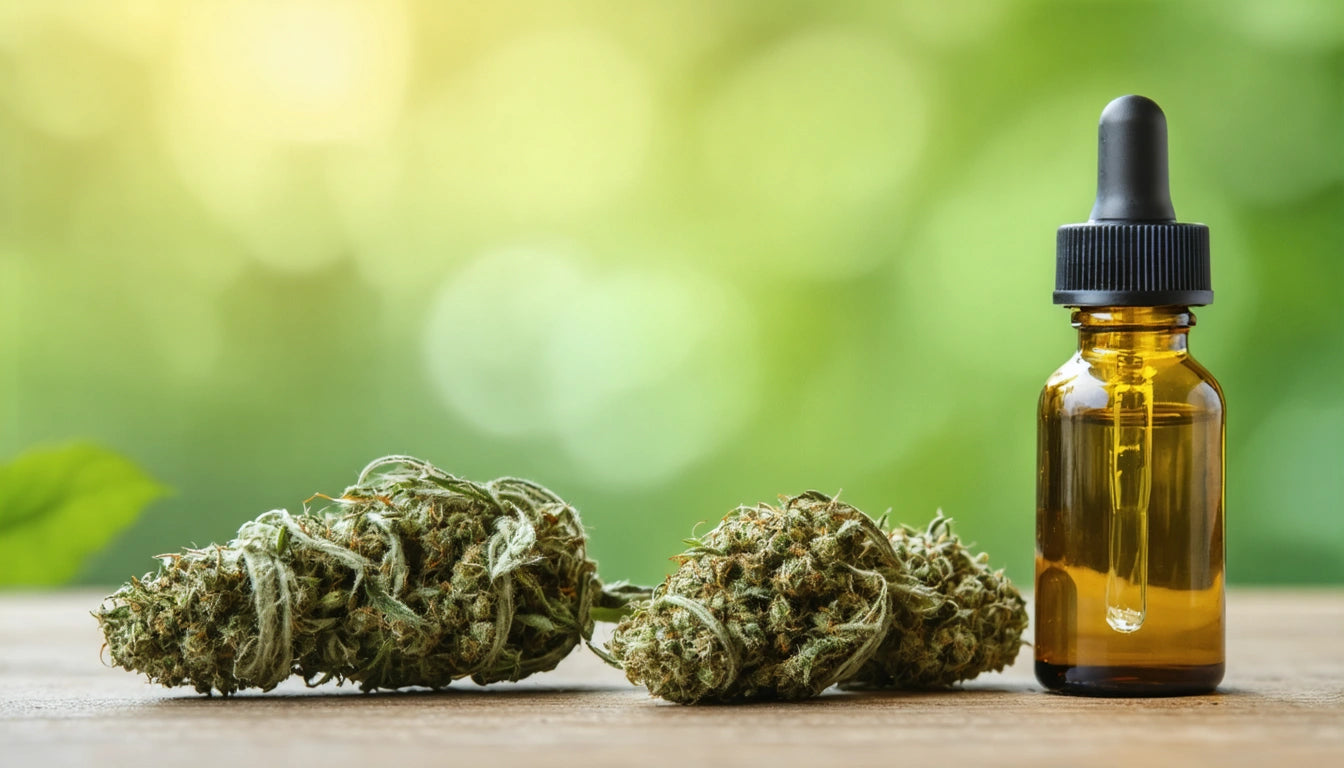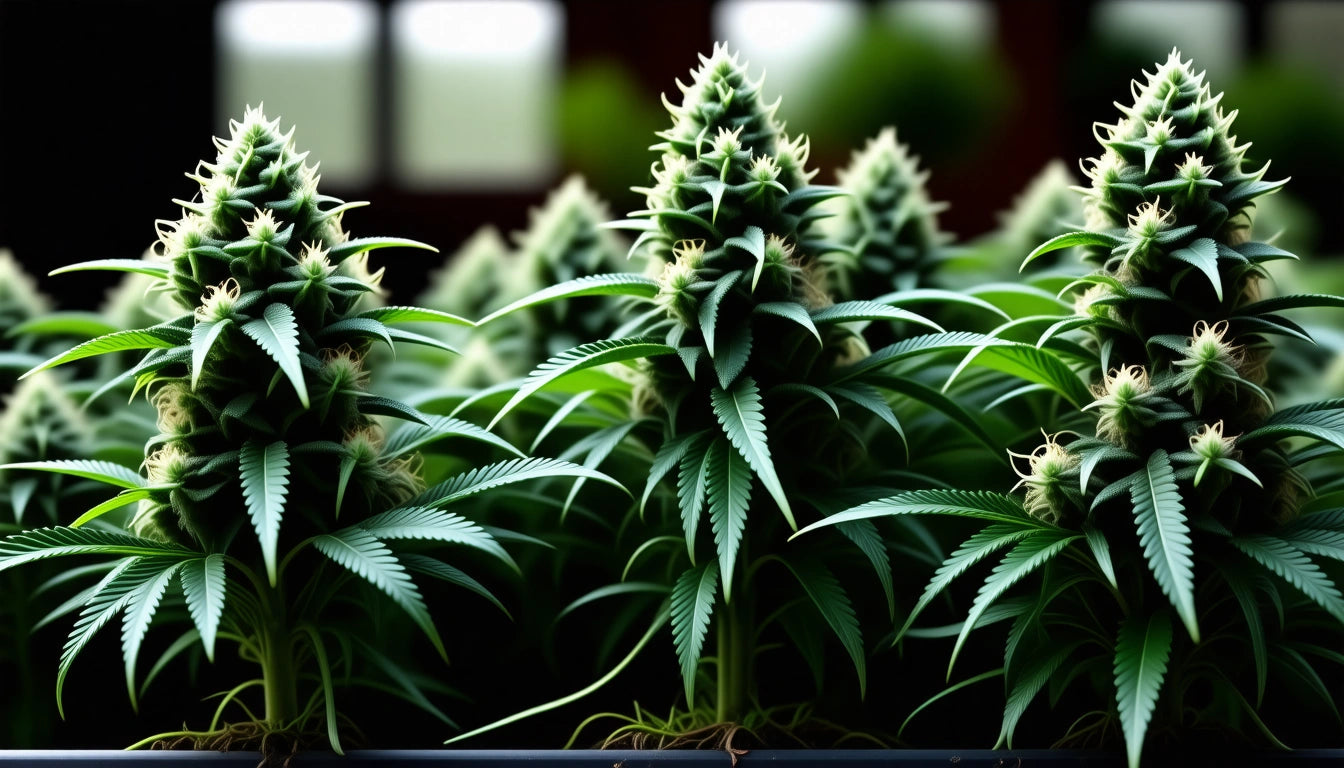Table of Contents
- Defining Consumable Products: Key Characteristics
- Types of Consumable Products: Categories and Examples
- Consumables vs. Durables: Understanding the Differences
- Packaging Considerations for Consumable Products
- Business Strategies for Marketing Consumable Products
- The Future of Consumable Products: Sustainability and Innovation
Understanding Consumable Products: Definition and Examples
Consumable products form the backbone of everyday purchases for both individuals and businesses. These items are designed to be used up, depleted, or consumed through regular use, creating a continuous cycle of repurchase. Understanding what consumable products are and how they function in the marketplace is essential for consumers and businesses alike.
Defining Consumable Products: Key Characteristics
A consumable product is any item that gets used up, depleted, or worn out through normal use, requiring regular replacement. The defining characteristic of consumable products is their limited lifespan, which creates recurring purchase patterns. Unlike durable goods that last for years, consumables are designed to be replaced frequently.
Key characteristics that define what a consumable product is include:
- Limited useful life
- Regular replacement cycles
- Often lower per-unit cost compared to durables
- Typically higher purchase frequency
- Consumed or depleted through normal use
Understanding these characteristics helps businesses develop appropriate marketing strategies and consumers make informed purchasing decisions.
Types of Consumable Products: Categories and Examples
Food and Beverage
The most obvious category of consumable products is food and beverages. These items are literally consumed and have a clear end-of-life point. Examples include:
- Packaged foods
- Fresh produce
- Beverages
- Snacks and confectionery
Food products require specialized packaging solutions that maintain freshness while communicating brand values.
Personal Care Products
Personal care items are used up through regular application and include:
- Shampoo and conditioner
- Soap and body wash
- Toothpaste
- Cosmetics and skincare products
These products typically have shelf lives measured in months and are purchased on a predictable cycle.
Household Supplies
Household consumables maintain homes and include:
- Cleaning products
- Laundry detergent
- Paper products (tissues, paper towels)
- Air fresheners
Many of these products require specialized packaging to maintain efficacy and prevent leakage.
Office and Business Supplies
Businesses rely heavily on consumable products such as:
- Printer ink and toner
- Paper
- Pens and markers
- Specialty products like humidity control packs that maintain optimal moisture levels for sensitive inventory
These items represent ongoing operational costs for businesses and require regular reordering.
Consumables vs. Durables: Understanding the Differences
To fully understand what consumable products are, it's helpful to contrast them with durable goods:
| Characteristic | Consumable Products | Durable Goods |
|---|---|---|
| Lifespan | Days to months | Years to decades |
| Purchase frequency | Regular, predictable | Infrequent, often planned |
| Cost structure | Lower per-unit cost | Higher initial investment |
| Examples | Food, toiletries, paper goods | Appliances, furniture, vehicles |
This fundamental difference in usage patterns affects everything from pricing strategies to marketing approaches for these product categories.
Packaging Considerations for Consumable Products
Packaging plays a crucial role for consumable products, serving multiple functions:
- Protection and preservation
- Convenience and usability
- Brand communication
- Regulatory compliance
For consumable products, packaging must balance protection with convenience while communicating brand values. As outlined in this guide on consumer packaged goods, innovative packaging solutions can significantly impact consumer perception and product performance.
Sustainability has become increasingly important, with consumers expecting environmentally responsible packaging. Understanding recyclability of packaging materials is essential for modern brands.
Business Strategies for Marketing Consumable Products
The recurring nature of consumable products creates unique business opportunities:
Subscription Models
Subscription services capitalize on the predictable replacement cycle of consumables. Examples include:
- Meal kit deliveries
- Razor blade subscriptions
- Household essentials auto-delivery
These models provide convenience for consumers while creating predictable revenue streams for businesses.
Loyalty Programs
Since consumables are purchased repeatedly, they're ideal for loyalty programs that incentivize ongoing brand relationships. Programs might offer:
- Points per purchase
- Volume discounts
- Exclusive product access
These strategies increase customer lifetime value for consumable product brands.
The Future of Consumable Products: Sustainability and Innovation
The consumable products market continues to evolve with several key trends shaping its future:
- Eco-friendly formulations that reduce environmental impact
- Concentrated products that require less packaging
- Refillable containers that minimize waste
- Biodegradable packaging materials
- Smart packaging with freshness indicators or digital integration
Innovative approaches like these packaging designs demonstrate how brands are reimagining consumable products for a sustainable future.
Understanding what consumable products are helps both businesses and consumers navigate purchasing decisions more effectively. For businesses, recognizing the unique characteristics of consumables enables more targeted marketing and product development strategies. For consumers, this knowledge supports more informed choices about the products they use every day.











Leave a comment
All comments are moderated before being published.
This site is protected by hCaptcha and the hCaptcha Privacy Policy and Terms of Service apply.